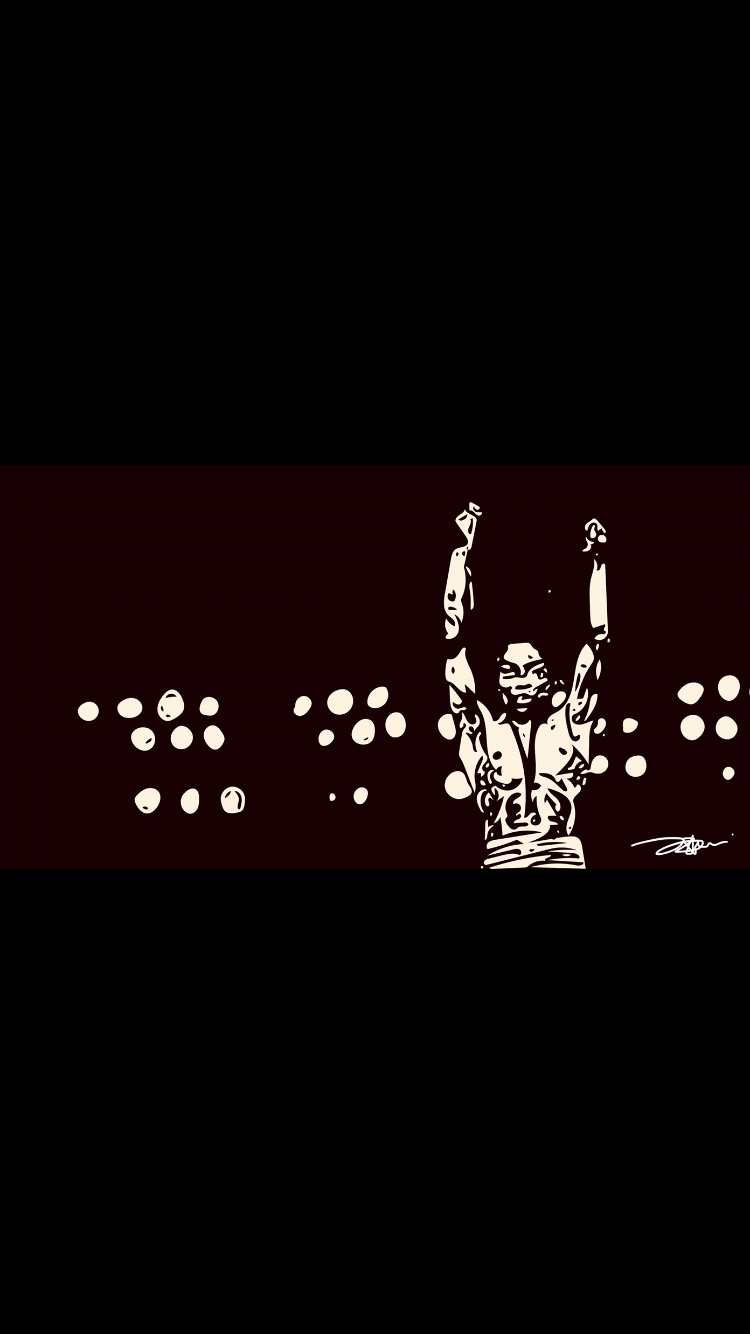The Importance of Fela's Repetitive Pattern
Illustration by Seun Ajibola
With respect to artists that utilize their art to address political and social issues, fans, grant more leniency to the technical aspects of song creation such as, lyricism and structuring. While the form is important even to all created music, the substance overrides the form in many instances. This leniency appears in all genres of music with technically weaker songs propped up across all media platforms. Although not a song, Eminem's freestyle addressing Donald Trump and his last eleven months in the Oval Office is a clear example of substance over form. I agree with all of Eminem's sentiments and commend him for taking a stand, but there is no debate that the actual lyrics were simple and sometimes cringe-worthy for an artist of his caliber. However, the ability to communicate through simplistic lyricism is a rare skill that I have seen in only a few artists.
Fela Kuti fits the mold in the aforementioned and possesses the rare skill.
We are all aware of Fela’s political commentary and his fight against corrupt regimes through his musicianship. A lyrical master he was not when comparing him to other great songwriters, however, he like some of his contemporaries communicate in simple, chopped phrases and repetitive patterns that signal mastery of the human mind.
One such song is Zombie, the title track of the Zombie Album released in June 1976. The album and song was an attack on the complicity of soldiers and armed forces under the Nigerian military regime. The song itself did not have much content, but the simplistic words and repetitive patterns made the song a smash across the world.
Zombie no go go, unless you tell am to go (Zombie)
Zombie no go stop, unless you tell am to stop (Zombie)
Zombie no go turn, unless you tell am to turn (Zombie)
Zombie no go think, unless you tell am to think (Zombie)
The pattern and structure are a three by four pattern repeated for the first few bars of the song. The words, independent of context, may not resonate if one is aware of the climate of the country. Fela uses the words to depict the exact feeling of the politic of the country in 1976. He continues in the song with a repetitive pattern that you see in many of his other songs, which include an action statement followed by words with a similar rhythmic sound that is very easy to recall by the listener. In a clever way, Fela was making a marching song.
The songs he created are pure in their expression and the solidarity they created was a by-product of what Fela stood for. Another example of his structuring is reflected in one of my favorite records by Fela - Lady.
Tell them to go straight
A joro, jara, joro
No break, no job, no sense
A joro, jara, joro
In Lady, he does not use the action followed by the rhythmic sounds of similar words, but chooses to express his lyrics with words starting with the same letter and ending with the same words. This again follows a pattern throughout the song that makes it easy to comprehend and recall for longer periods of time.
She want salute man
She go, sit down for chair
She want salute man
She go, sit down for chair
The songs created by Fela are time capsules of the period he lived, and his observation of society through words that cut through classes of people is what makes his repetitive pattern so powerful.
The words were indeed elementary and may not necessarily be considered the apex of song-writing, however, I believe there was a conscious method to the choice by Fela. He was aware that to achieve mass solidarity of both elites and non-elites he needed to connect to the different classes and the repetitive pattern was his medium of communication.
**A curated playlist of Fela's music by Erykah Badu will be released December 2017


